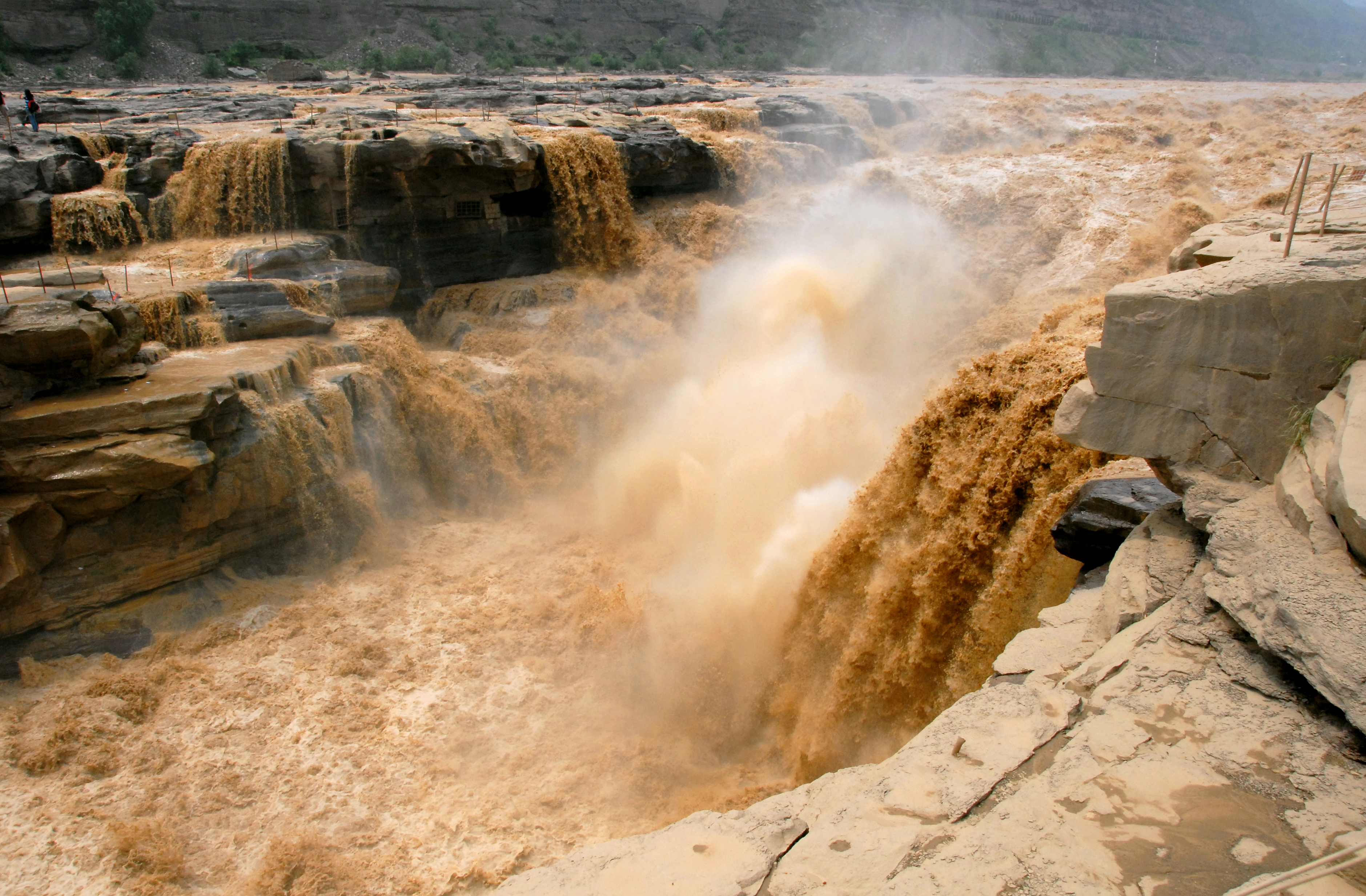As briefly mentioned, human beings have treated the soil “like dirt”. China’s Loess Plateau might be one of the best examples of this, where over the history of human habitation, a verdant and naturally fertile land became barren, almost lifeless. Along with this transition, the human element changed too: while the area was a center of origin for China’s agriculture and thus its empires and cultural developments, it became by the 20th century a place where poverty and scarcity prevailed. The loss of soil due to deforestation, overgrazing of animals, and high levels of soil tillage became so bad as to now have been considered the worst case of soil erosion on the planet: over 380,000,000 tons of soil are estimated to be lost per year (or 15 tons per hectare per year).

Examples like this are found in the report “Conquest of the Land Through 7,000 Years”, written by an Assistant Chief of the United States Soil Conservation Service, based on his travels through North Africa, Europe, and the Middle East in the late 1930s. In essence, the report shows how agriculture has had major impacts on the environment in terms of soil degradation.
Think of the once-“Fertile Crescent” (along parts of what is now Iraq, Kuwait, Syria, Lebanon, Jordan, Israel and Palestine): much of this naturally fertile area, considered the “cradle of civilization”, is now considered un-farmable desert. The Fertile Crescent’s soil became salinized through regular irrigation, as happens in arid climate soils, and as is happening right now in California’s Central Valley.
By irrigating, cutting down too many trees, and overgrazing animals, humanity has repeatedly compromised soil health through salinization, erosion, and desertification. We tend to think of deserts as being artifacts of climate, but desertification most often stems from human action. Having since powered up from hand tools and animal-driven plows to large tractors and combines, tillage-based grain agriculture has only exacerbated humanity’s impact on soil degradation.

In case it isn’t obvious, soil degradation is a problem—perhaps the biggest problem—for sustainable food systems. If we need soil to grow plants (and any animals that eat those plants, who we might eat), losing useable soil is shooting ourselves in the foot. In addition to the salinization of soils, soil erosion is destroying our most valuable asset—the growing medium for food, without which we literally cannot live.
How bad is the problem overall? Studies show that “soil is being lost from agricultural areas 10 to 40 times faster than the rate of soil formation imperiling humanity’s food security”. Meanwhile, the “mean soil loss from U.S. and global croplands range from 0.2 to 1.5 mm/year”. That may seem small, but think of that amount over the entirety of the farmable planet!
The Loess plateau may be an extreme case, but it is not an uncommon one. Worst of all, soil loss tends to result in a positive feedback loop (in a negative direction), meaning that soil erosion makes future soil erosion more likely. This is because once water cuts into a landscape and begins eroding it, these cuts allow future surface water to flow even faster, giving it even more erosive force, which in turn deepens and widens the cuts.
For a more sustainable agriculture, we’ve got to start by treating the soil with respect.